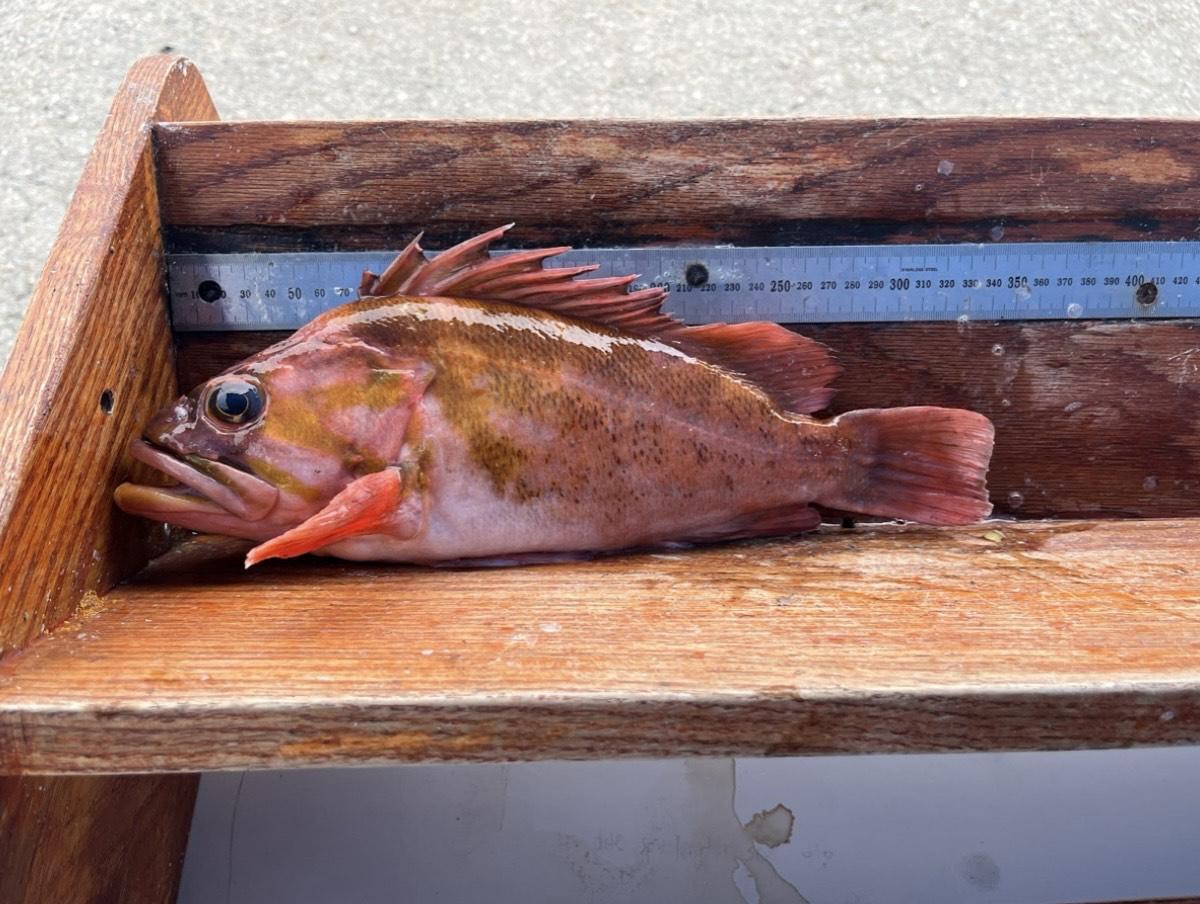
Hooked on Conservation: A Summer in Rockfish Research
An SRJC-BML Internship Story
My name is Arwinder Singh, but most people call me Aru. I’m a third-year student at Santa Rosa Junior College, and I plan to transfer to Sonoma State University in a few semesters to pursue a double major in Zoology and Marine Biology. For as long as I can remember, I've been fascinated by animals. My passion for wildlife, ocean ecosystems, and a love for the beach, led me to an incredible opportunity to bring that curiosity into the field through an internship at UC Davis’s Bodega Marine Laboratory (BML). I worked in the ToPEC Lab (Toxicology, Physiology, Ecology, and Conservation) under the guidance of Jordan Colby, my primary mentor throughout the program and Francine De Castro (Fran), who supported my fellow interns and me, playing a key role in our organization as a lab team.

This internship gave me a front-row seat to the work scientists are doing to study and protect marine ecosystems. During my internship, I participated in the California Collaborative Fisheries Research Program (CCFRP), a long-term project monitoring rockfish populations inside marine protected areas and at nearby reference sites. We worked on a charter boat led by Captain Rick and deckhand Dana, in collaboration with local anglers who volunteered their time to help us catch fish for the study. Over the course of the summer, I joined 9 out of 12 sampling trips, totaling over 70 to 80 hours on the water. These were long, hands-on field days that began early in the morning and didn’t end until every fish had been tagged, measured, or dissected. Being out on the water day after day gave me not only a deeper understanding of fisheries science but also a real appreciation for the importance of consistent, collaborative research. I was involved in multiple aspects of conservation research, from hands-on fish handling to lab-based dissections, and I gained practical skills that can’t be learned in a classroom. Most importantly, it gave me a deeper appreciation for the connections between science, the environment, and the people who depend on it.
One of my main responsibilities out on the boat was acting as a descender, a role that involves returning fish to depth after they’ve been brought up too quickly and are showing signs of barotrauma. When a fish ascends rapidly from deep water, its swim bladder can expand, making it impossible for the fish to swim back down. Using a descending device, I carefully secured the fish and lowered it back to the proper depth so it could recover and return to its environment. This task required precision, care, and constant focus. Knowing that I was helping increase the survival rate of released fish made it one of the most rewarding parts of my role.
When we weren’t on the water, I was back in the lab, working on a number of post-sampling projects. One of the most fascinating was assisting with dissections to extract otoliths, the tiny calcium carbonate structures in a fish’s inner ear. These “ear bones” contain growth rings that scientists use — like tree rings — to determine a fish’s age and growth rate. It’s a fine-detail task that requires a steady hand, but each successful extraction felt like uncovering a small piece of a much bigger ecological puzzle. In addition to otolith work, I learned how to determine the sex of rockfish, weigh their gonads and livers, and assess their reproductive stage, all of which are key indicators that help researchers understand spawning patterns and overall fish health. The biological insight the work offered made them fascinating to perform. I also had the chance to contribute to a sampling day for BML’s microplastics study.
Working closely with Jordan Colby was one of the highlights of the internship. He was an incredible mentor: knowledgeable, patient, and passionate about marine conservation. Jordan taught me how to handle fish with care, how to troubleshoot in unpredictable conditions, and how to think like a scientist in the field. His guidance made even the most difficult tasks feel approachable, and his enthusiasm for the work was infectious. Francine De Castro also played a major role in the lab, helping to manage daily operations and making sure my fellow interns and I were well supported. Observing both of them in action gave me a model for what leadership and mentorship in science should look like.
Even though I’ve worked with a wide range of animals — including snakes, pinnipeds, big cats, and even an alligator — this was my first time working closely with fish in a scientific setting. It opened up a new area of interest and showed me how much effort goes into marine conservation. Every fish we handled, every sample we processed, and every piece of data we recorded contributed to a much larger, collaborative mission. Looking back, this internship was more than just a chance to gain technical skills, it helped me discover new passions and connect my academic goals to real-world environmental work. I’m grateful to the team at BML for trusting me with meaningful responsibilities and treating me like a true member of the research team. I now carry a deeper respect for the ocean and a stronger drive to protect the ecosystems that sustain life on our planet.
About the Program:
The SRJC-BML Internship Program provides summer research opportunities for Santa Rosa Junior College students at the Bodega Marine Laboratory.
